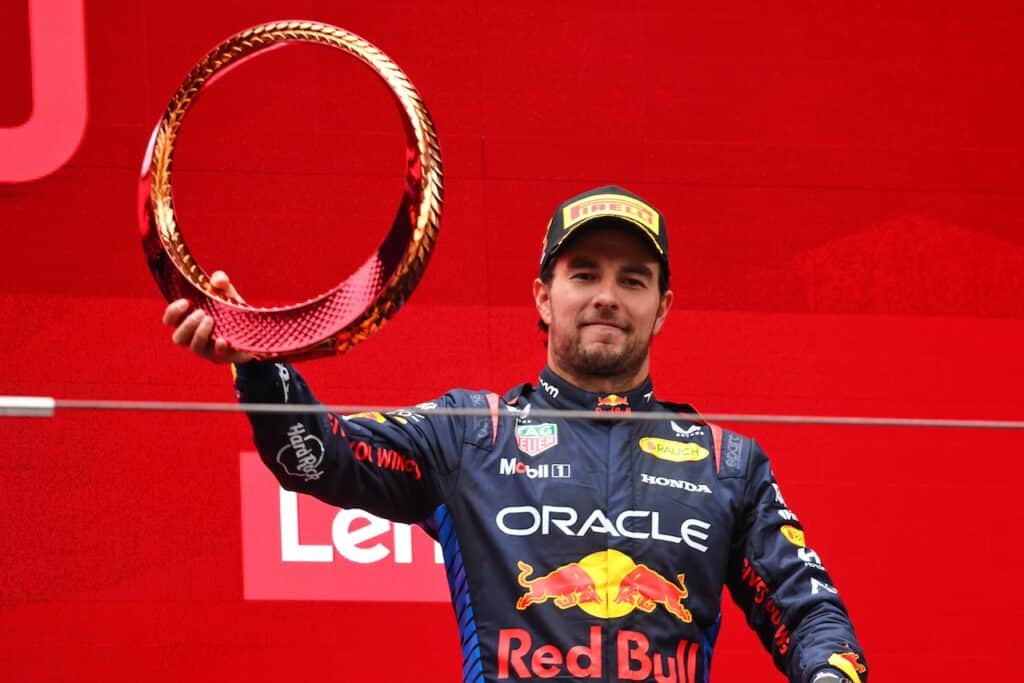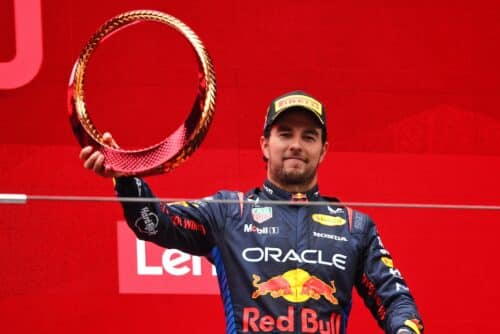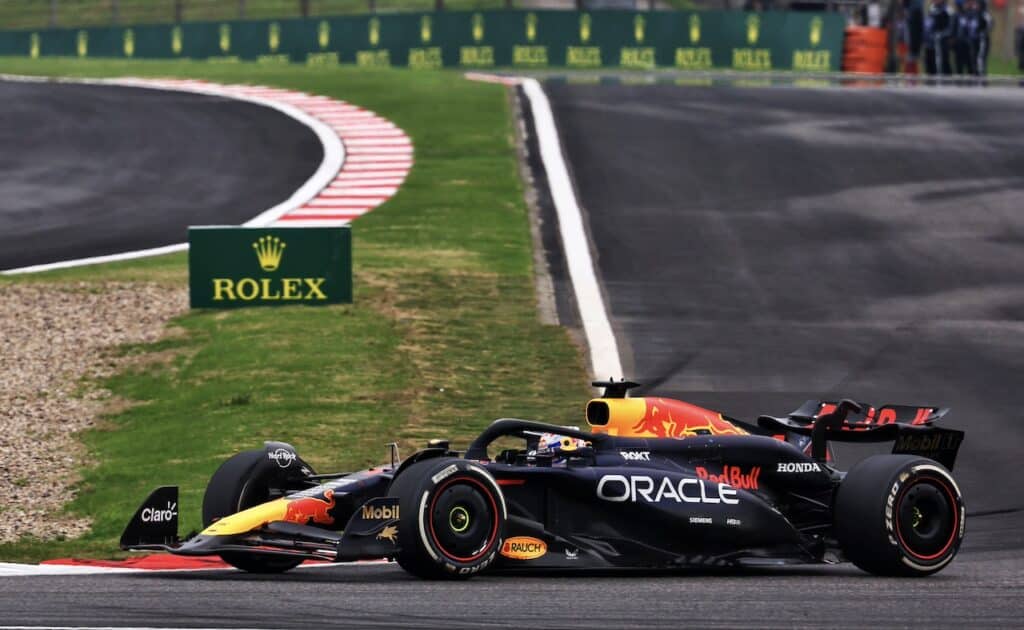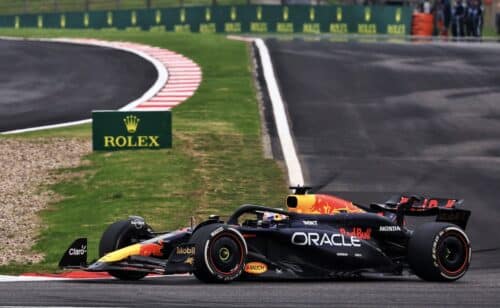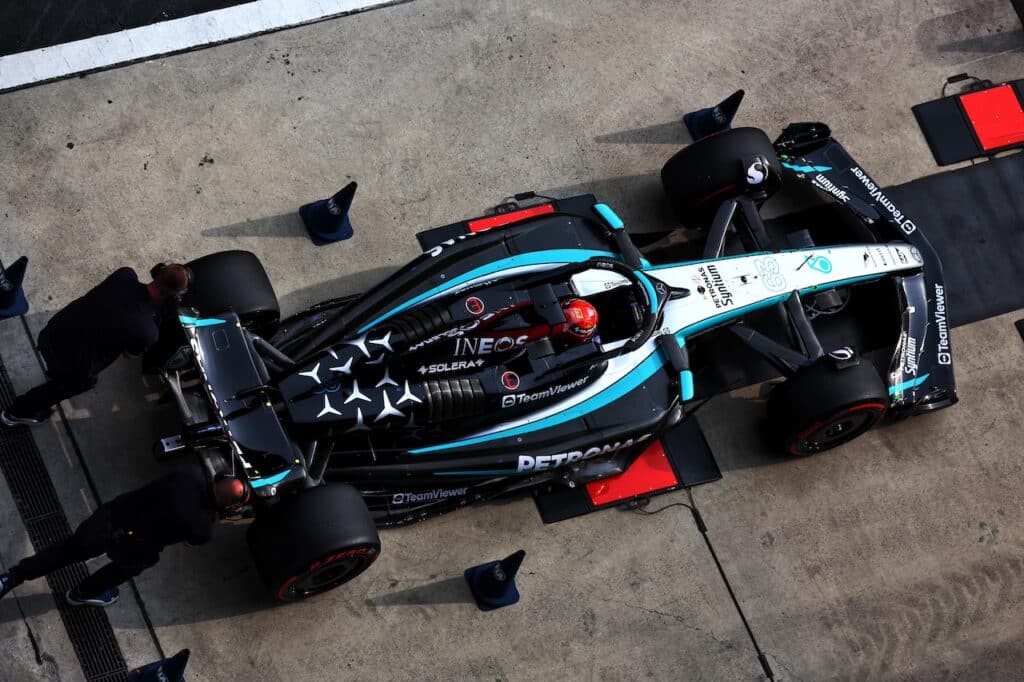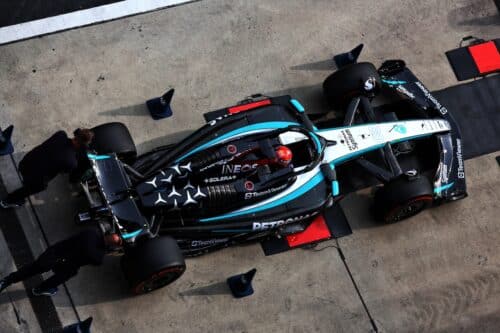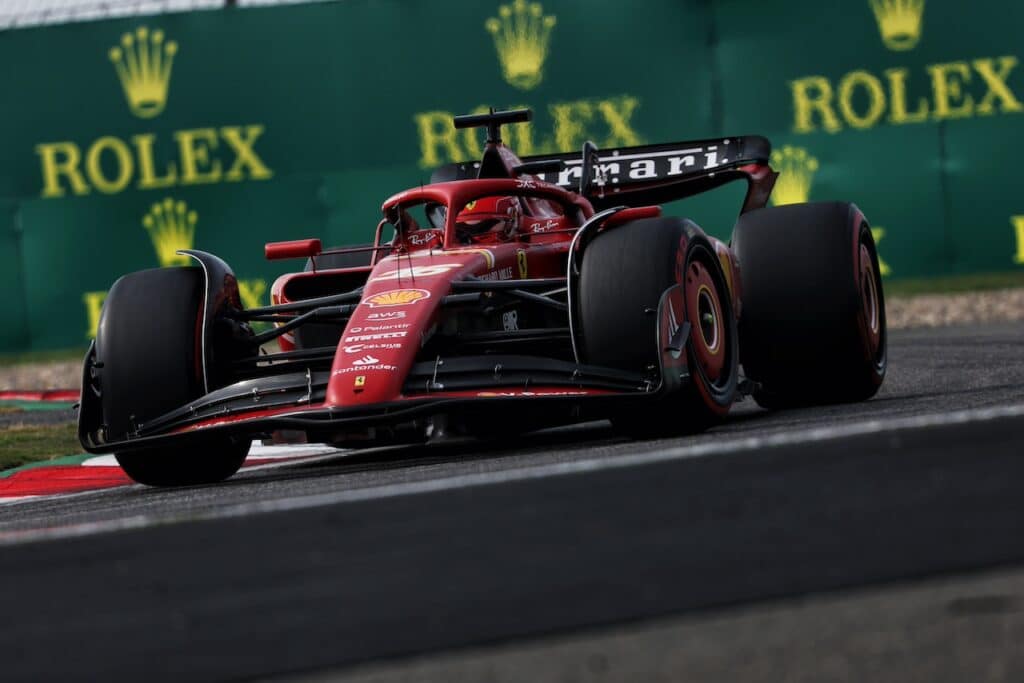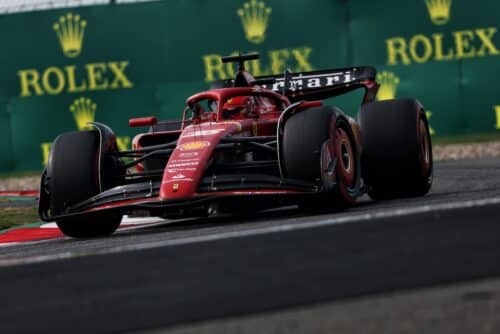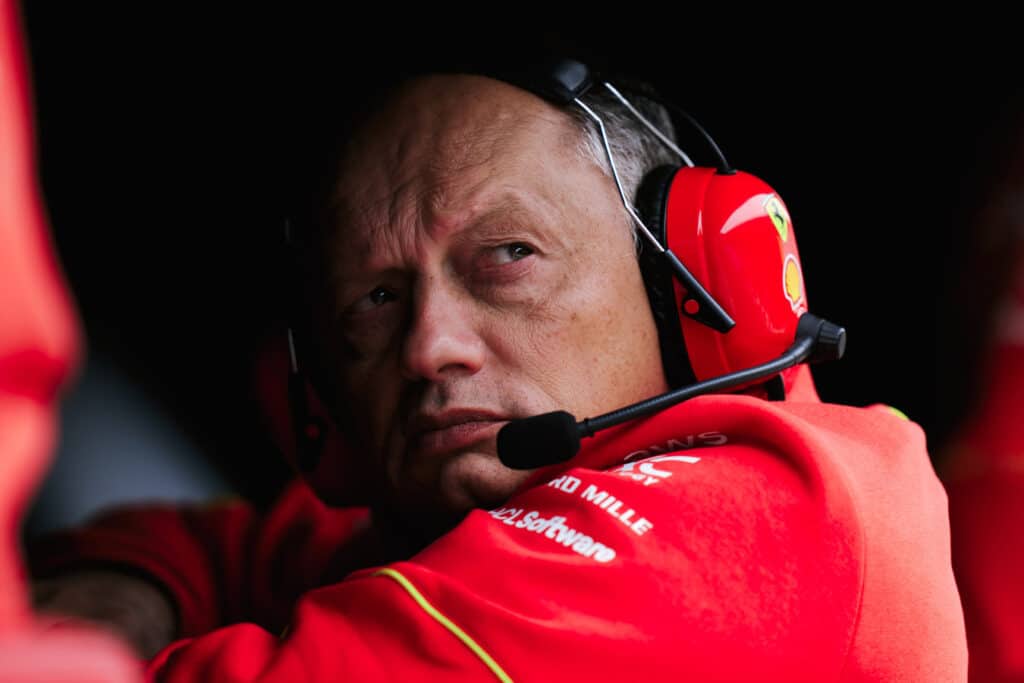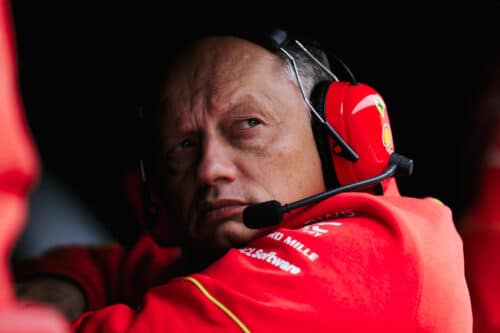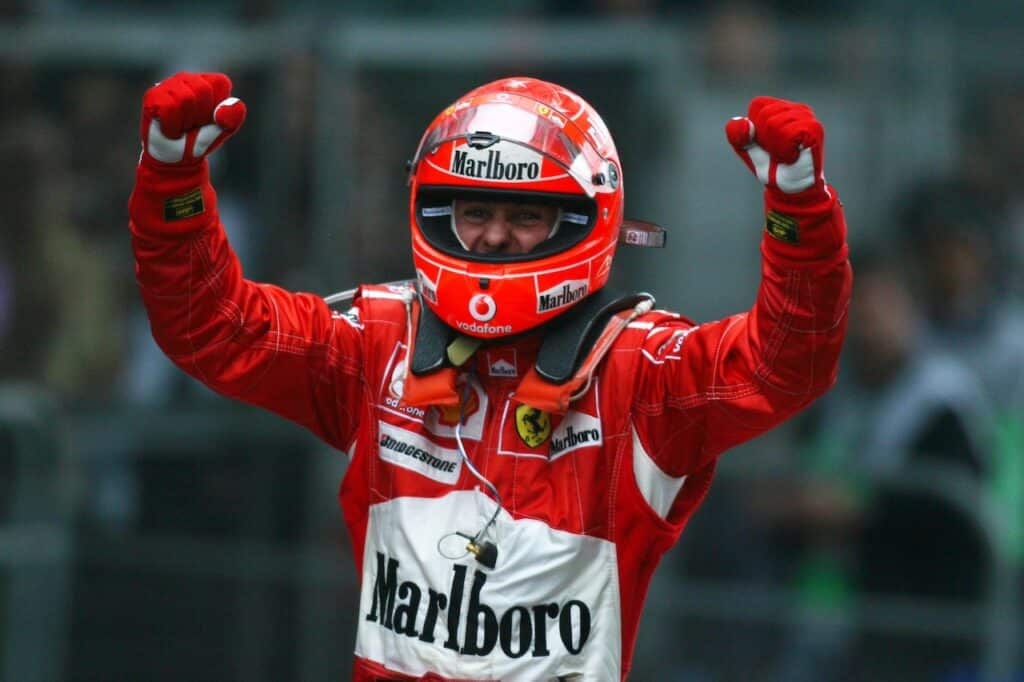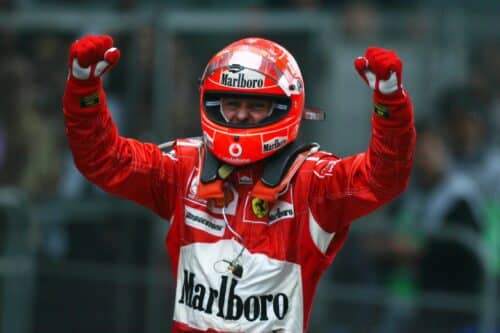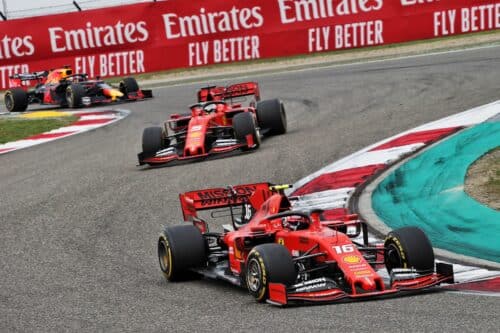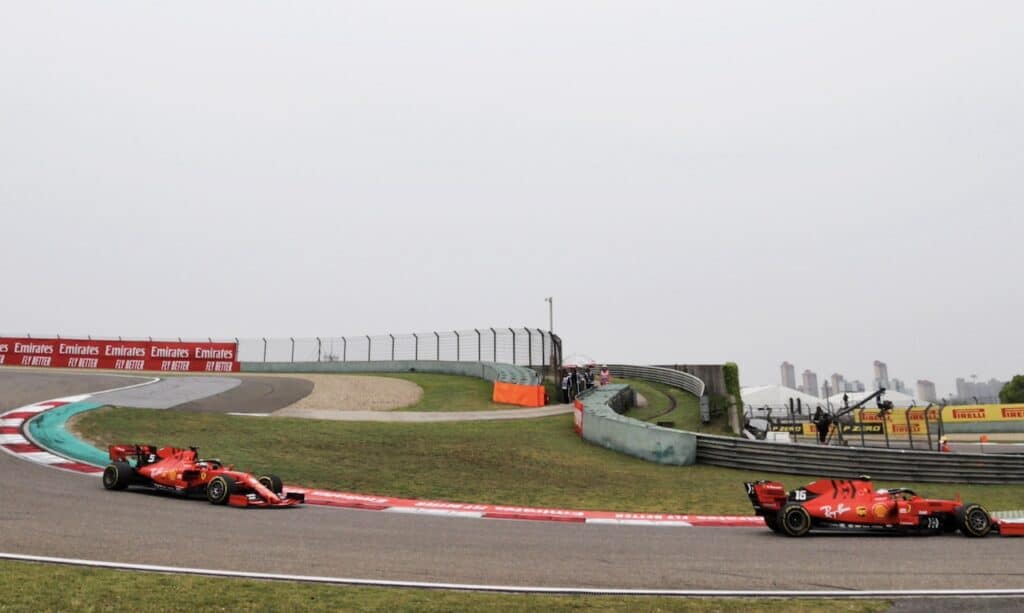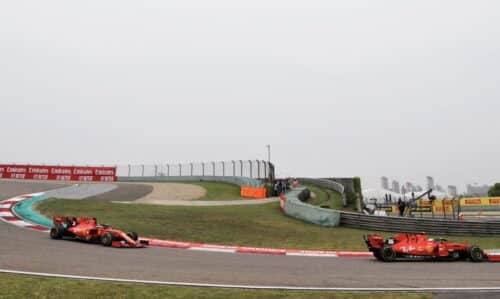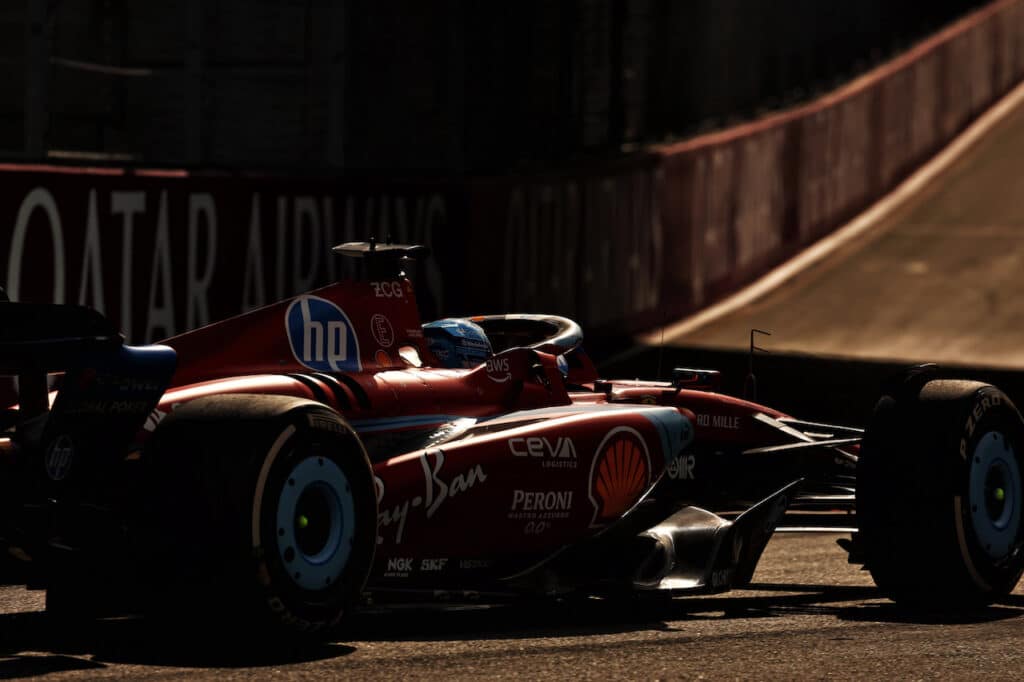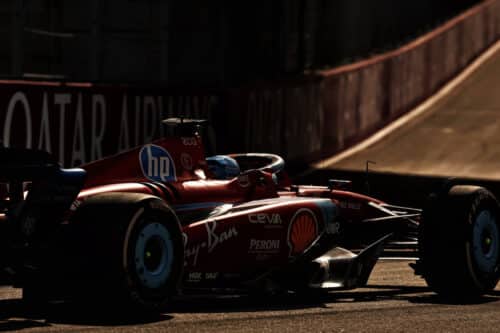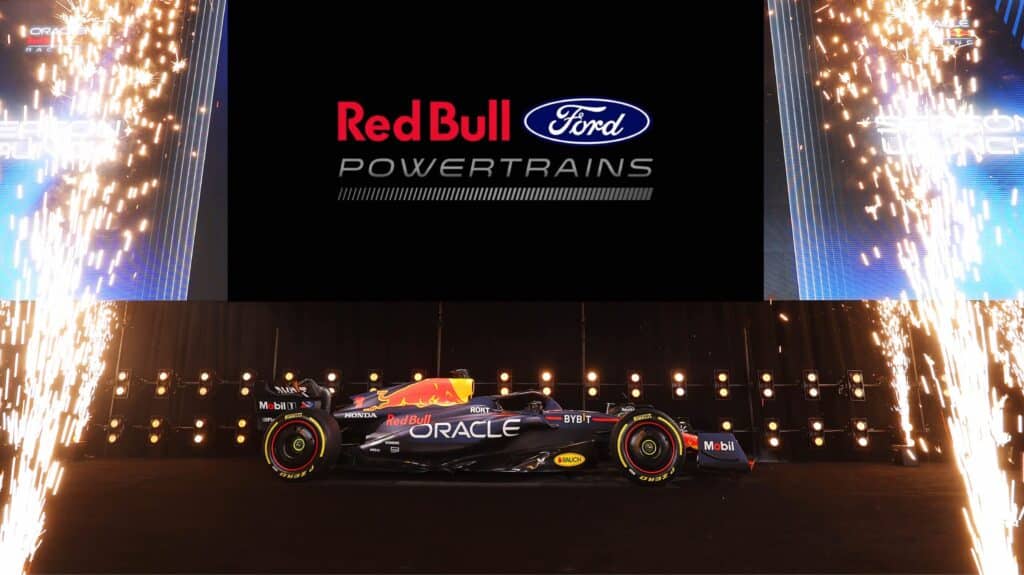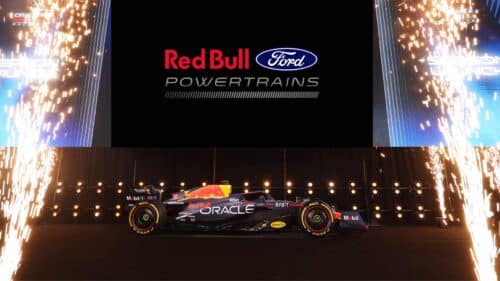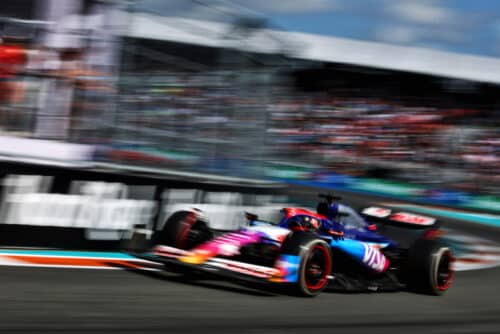F1 | Ferrari: three questions to Diego Ioverno, head of Ferrari car operations
"At the Hungaroring we could suffer much more from the high temperatures than at Le Castellet," he said
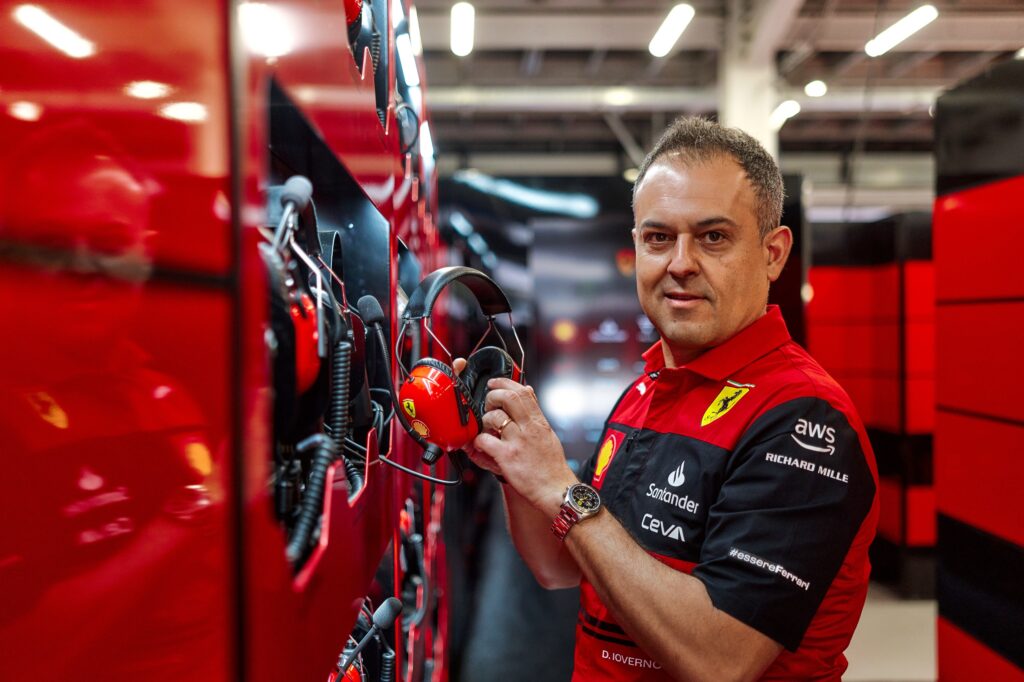
Ferrari and especially Charles Leclerc are looking for redemption after the bitter Sunday in Le Castellet, sweetened only by the excellent performance of Carlos Sainz, fifth at the finish line. In France the Monegasque driver made a very serious mistake which probably cost him the victory. The Spaniard was first penalized for replacing the power unit, then started last, and then in the race an unsafe release by the team during the pit stop sentenced him to a five-second penalty. The Scuderia del Cavallino wants to turn the page in Budapest, a race that promises to be very hot and full of dangers, and is presented to us by Diego Ioverno, chief car operations engineer of the Red team.
Can you tell us about your role, how you arrived at Ferrari and where your passion for motorsport comes from?
“Since I was a child I have been passionate about practically all sports, and being from Bologna, Ferrari could not be missing from one of my passions. I have always been pleasantly obsessed with red cars, both road and track, both when I saw them live and when I followed them on television. When choosing the path of study I had no doubts and I took what I thought was the path that could bring me closer to this world, mechanical engineering. I was lucky and on the day of my graduation I received a call up for the first of a series of interviews at Ferrari. So I started in Sports Management in May 2000. The people who work with me assemble gearboxes, frames, suspensions, hydraulic systems, braking systems, cooling systems both for the homologation and approval phase on the bench and for use on the track. We also manage the vehicle components that we supply to our customers. Track operations, including pit stops, also fall within our area of expertise."
Can you tell us about the characteristics of the Hungaroring?
“The Hungaroring is a historic track for Formula 1, given that it has been on the calendar for almost 40 years now. The Hungarian race has always been a summer race, held for many seasons around August 2th, and is characterized by high temperatures but also by sudden and violent climate changes. It is a slow circuit, one of those where it is more difficult to overtake, like Monaco and Singapore, and where typically you choose to use all the aerodynamic load available to optimize cornering. The track is short and the characteristics of the curves and asphalt make it demanding for the tyres, also due to the choice that Pirelli has made - C3, C4 and CXNUMX, the middle compounds of the range available - as well as the temperatures that normally occur they record. For this reason, although overtaking is not easy, in a race a single tire change is normally not enough."
After France, another race at high temperatures: the entire car, including the gearbox, is subjected to great stress due to these conditions. How can you help her?
“From a temperature point of view, the Hungaroring is potentially more difficult than France. There are many fewer straights, where the parts of the car that require it (the radiators for the power unit systems, for the gearbox oil, for the brakes and more) can be hit by the maximum possible flow of air. Of course, as it is not a track with high average power per lap, the energy to be dissipated is less but it is still an exercise that cannot be taken for granted. It will therefore be important to choose the optimal cooling levels for reliability and performance after having verified on Friday the coherence between reality and the modeling and simulation which, as always, guide us in the preparation of the events. The thermal management of the tires will also be very important in case of full sun on the asphalt."
if you want to always be updated on our news
Follow us here
